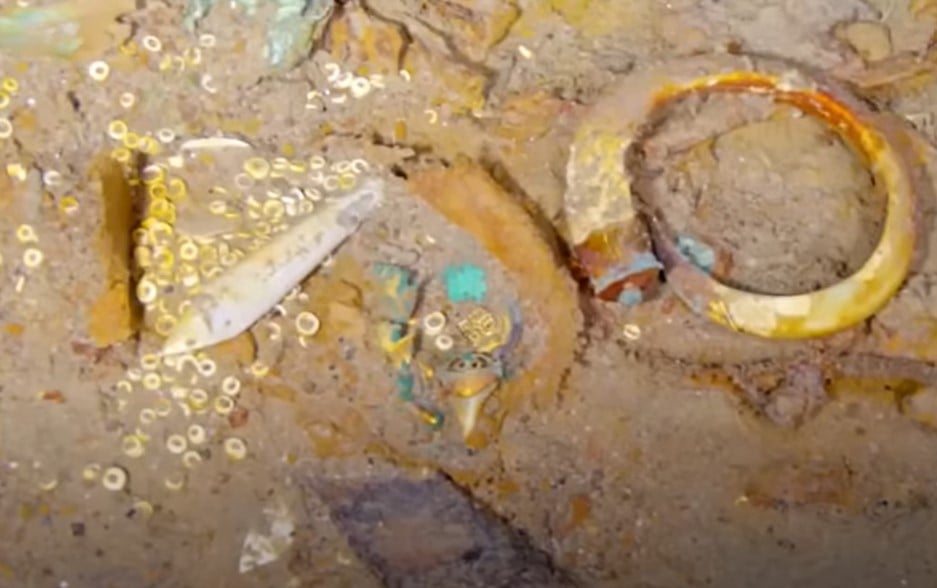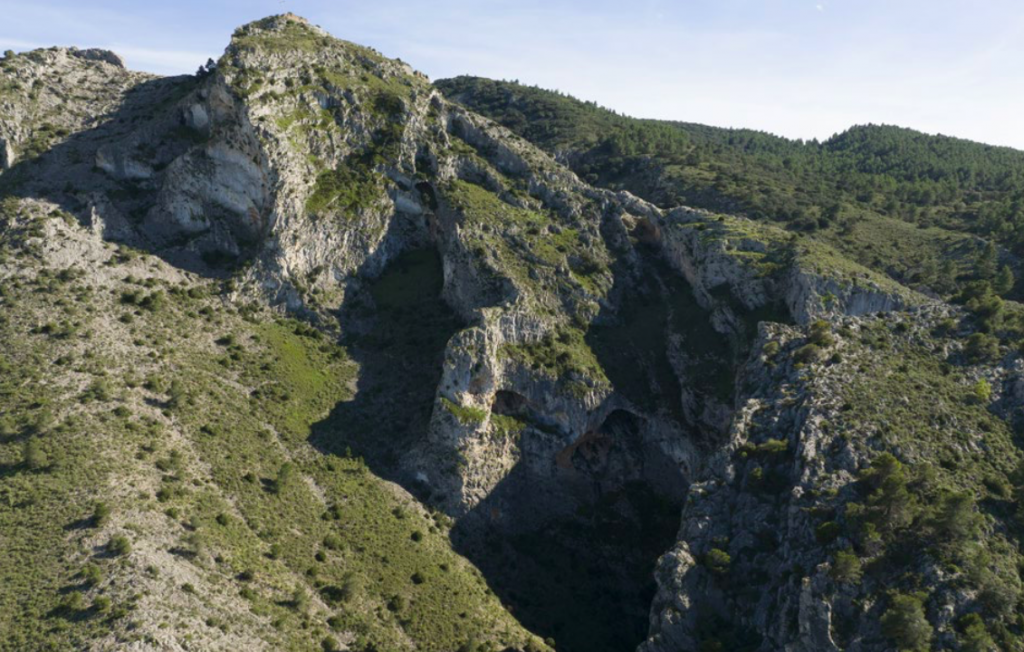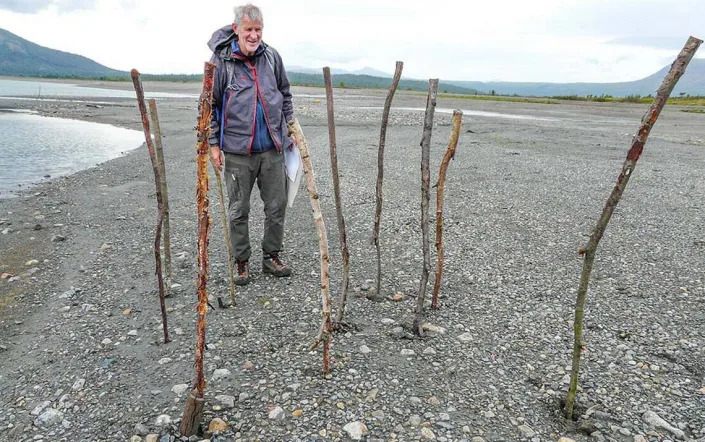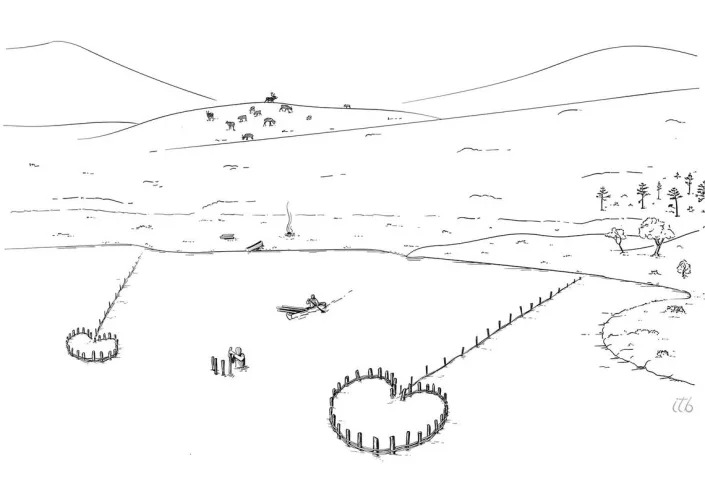Should we call this one the Mouth of the Ocean?
Adam Schrader, June 7, 202

Was there a real-life Rose onboard the Titanic? Lovers of the 1997 film may be shocked by a new deep-sea discovery reminiscent of the “Heart of the Ocean.”
A gold necklace made from the tooth of a prehistoric shark called a Megalodon has been found in the wreckage of the Titanic amid a massive project to scan the site of the infamous 1912 shipwreck.
In the film, Rose—a Juliet-like young woman played by Kate Winslet—wears a fictional 56-carat blue diamond necklace purchased for her by her fiancé, which plays a prominent role in the film’s plot.
“Whilst the artifact found is not the same famous necklace—which was created for the film—the discovery of the Megalodon tooth necklace is poignant,” Magellan, a firm that specializes in offshore and ultra-deepwater surveying, said in a statement.
Images taken during Magellan’s massive investigation into the sunken luxury passenger liner picked up images of the Megaladon necklace, the company said.
The firm noted that members of the public are prevented from removing artifacts lost when the ship sank under an agreement between the United States and the United Kingdom, so Magellan team members are not allowed to touch the wreckage—and the incredible find may thus be lost at the bottom of the sea forever.
“In a bid to seek out the jewelry’s owner, Magellan is using artificial intelligence to contact the family members of the 2,200 passengers onboard the Titanic when it sank,” the company said.
Megalodons are known to have lived from 20 million years ago until they become extinct around 3.6 million years ago. They are estimated to have grown up to 18 meters in length, more than three times longer than modern great white sharks.


















